Culture & Travel
27 August 2024Poland, a country in Central Europe known for its rich history and cultural heritage, is one of Europe’s most fascinating tourist destinations. With a past shaped by wars, Poland offers a variety of activities that cater to different interests. Wondering what to do in Poland? Let's take a look.
1. Kraków - Old Town and Wawel Castle
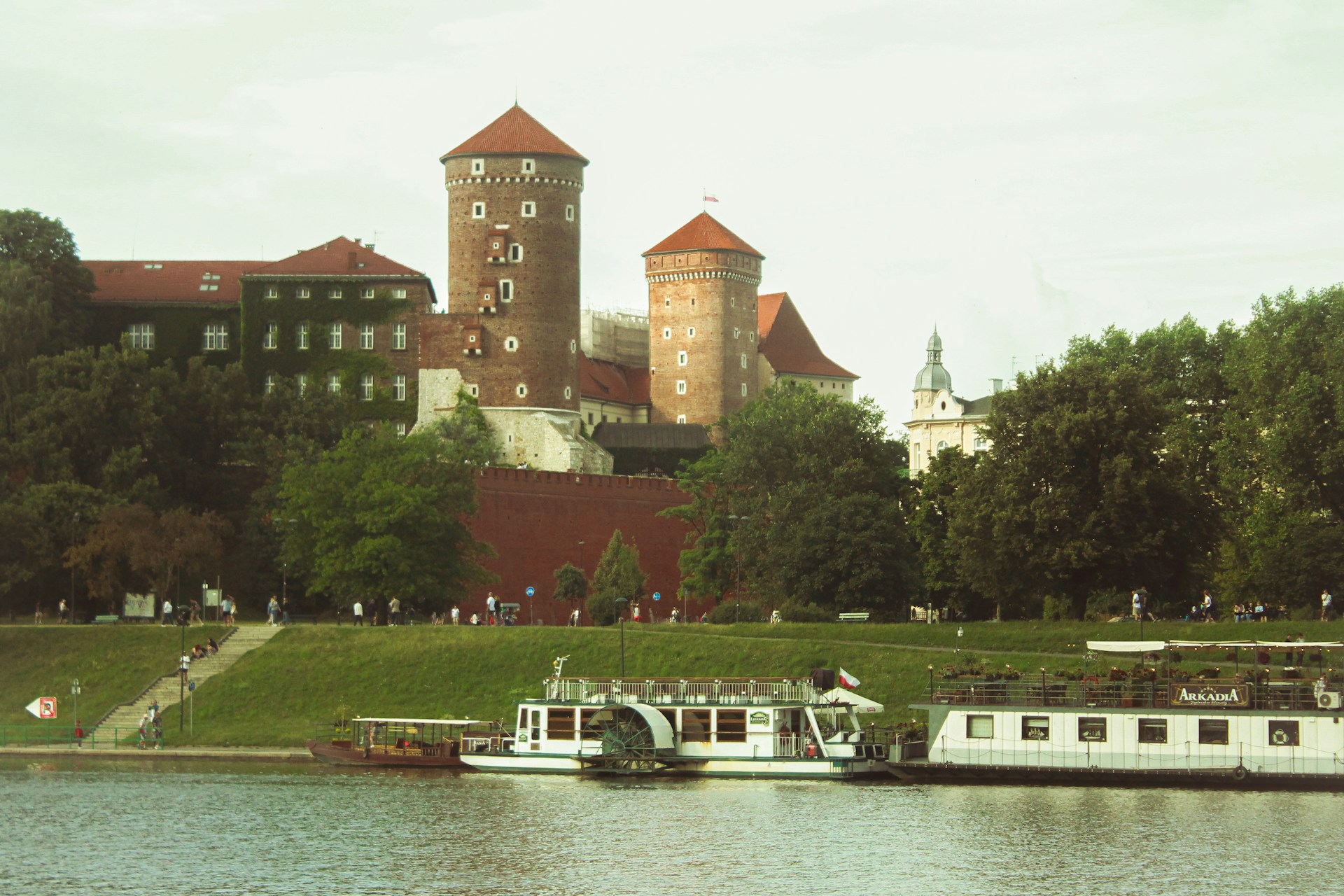
First on our list is Kraków, one of Poland’s oldest cities. This enchanting city, listed as a UNESCO World Heritage Site, transforms your travel experience into a historical journey with its medieval architecture and historic atmosphere. Key spots to visit include the main square, Rynek Główny, which is home to churches, cathedrals, and museums; the magnificent Wawel Castle, which bears witness to Poland’s royal history; and the beautiful Vistula River.
2. Warsaw - Old Town and Łazienki Park
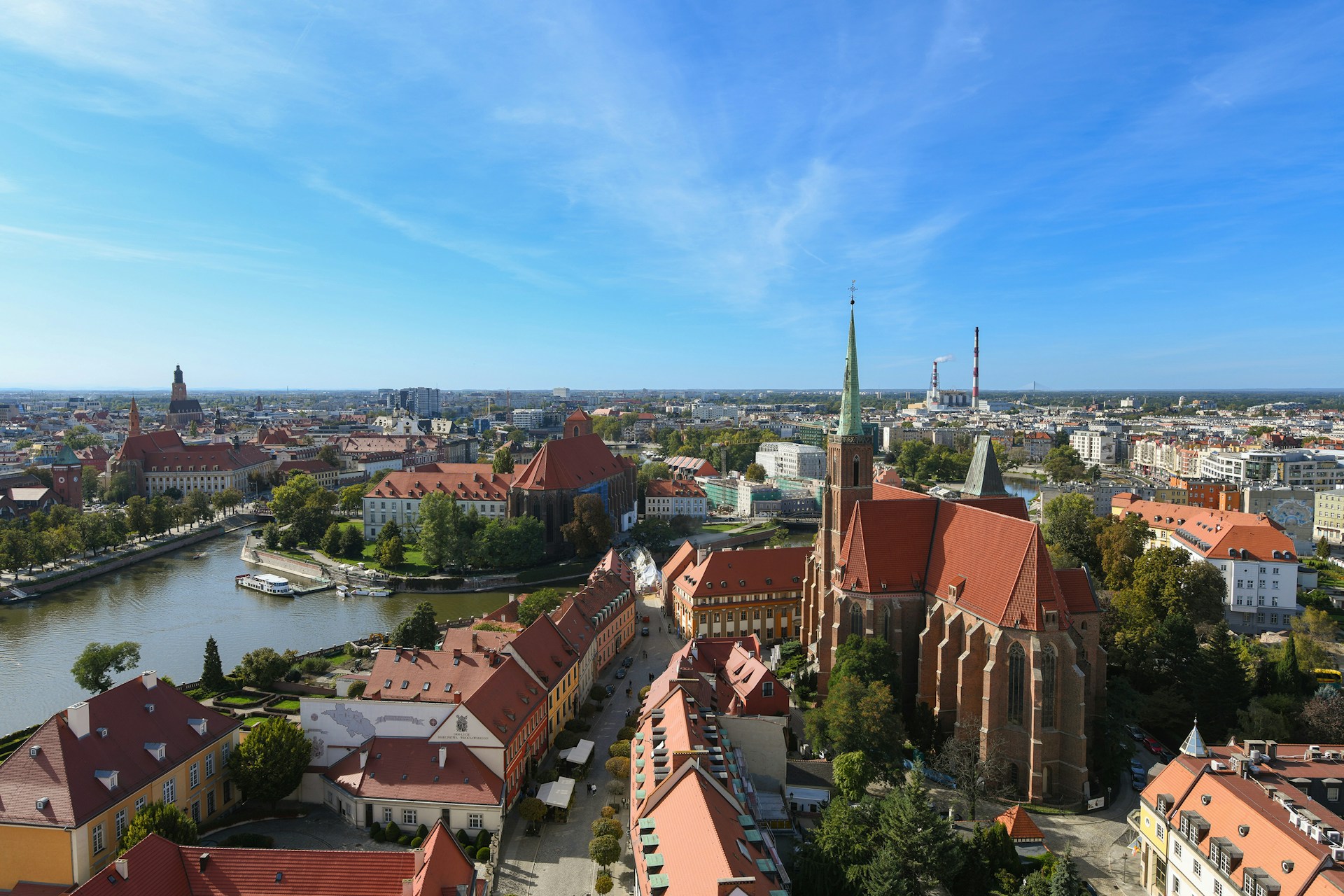
The capital of Poland, Warsaw, is notable for its blend of modern and historical elements. The Old Town (Stare Miasto), almost entirely destroyed during World War II and meticulously rebuilt afterward, is now one of the most beloved spots for visitors, with its colorful buildings. If your visit falls in the summer, you can enhance your experience by attending an open-air concert at the vast Łazienki Park, located in the heart of the city.
3. Gdańsk - Old Town and Westerplatte
Located on the Baltic Sea, Gdańsk is a city known for its maritime trade and historical wealth. We recommend starting your exploration of this city, which features Gothic and Renaissance architecture, on the famous Długi Targ street. Gdańsk is also home to Westerplatte, the site where World War II began, with monuments and museums reflecting the impact of the war.
4. Wrocław - Market Square and Ostrów Tumski
Wrocław, a city known for its historical and cultural richness, boasts one of the largest market squares in Europe, Rynek. The restaurants and cafes here showcase the city’s vibrant and colorful character, while older settlements like Ostrów Tumski island offer a peaceful, history-filled tour.
5. Zakopane - Tatra Mountains and Gubałówka Hill
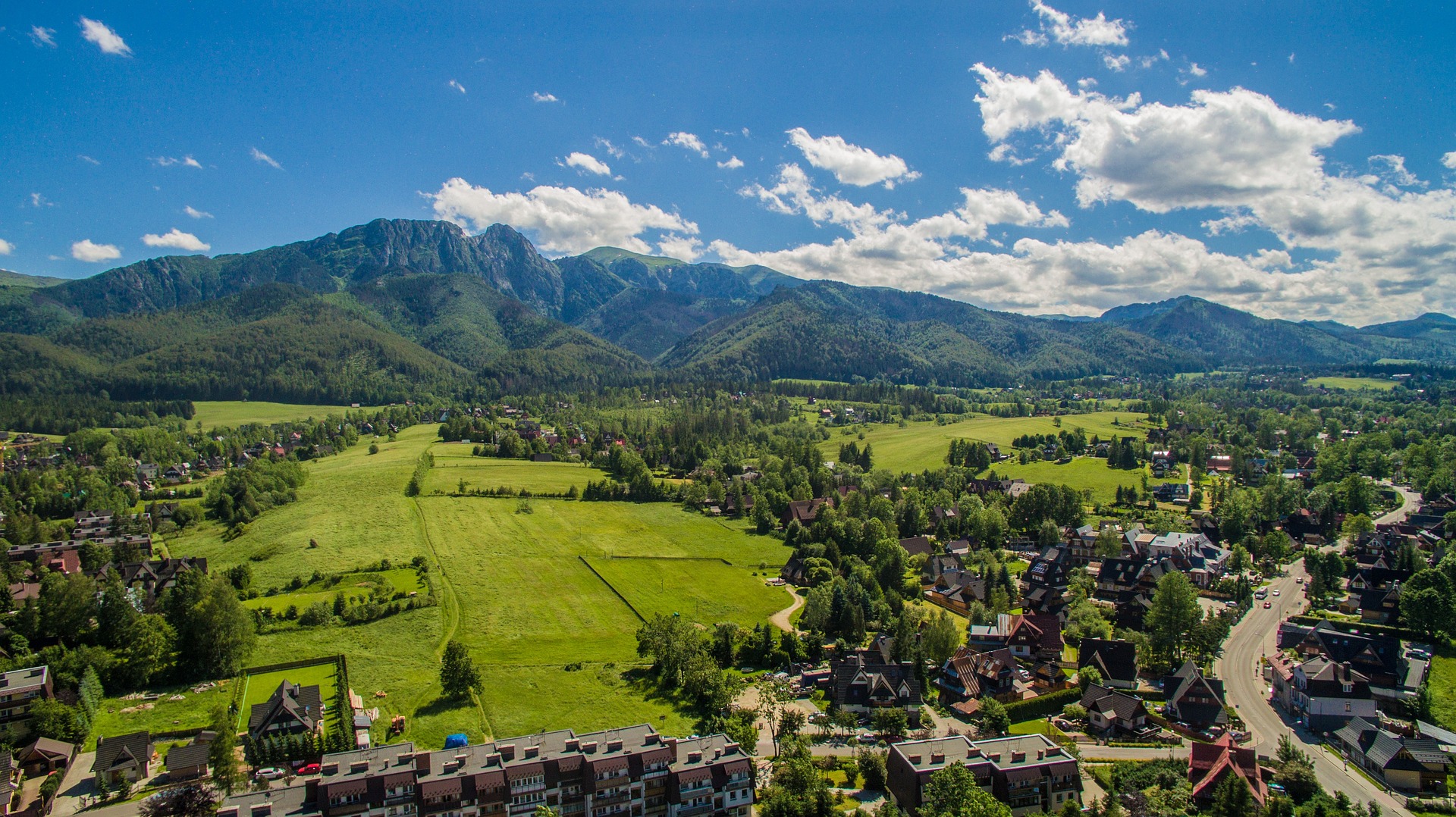
Zakopane is a mountain town often associated with winter sports, as it is situated at the foot of the Tatra Mountains. The town fills up with ski enthusiasts during the winter months. You can also visit Zakopane for a beautiful mountain hike, as well as to admire its traditional wooden houses and local culture.
6. Wieliczka Salt Mine
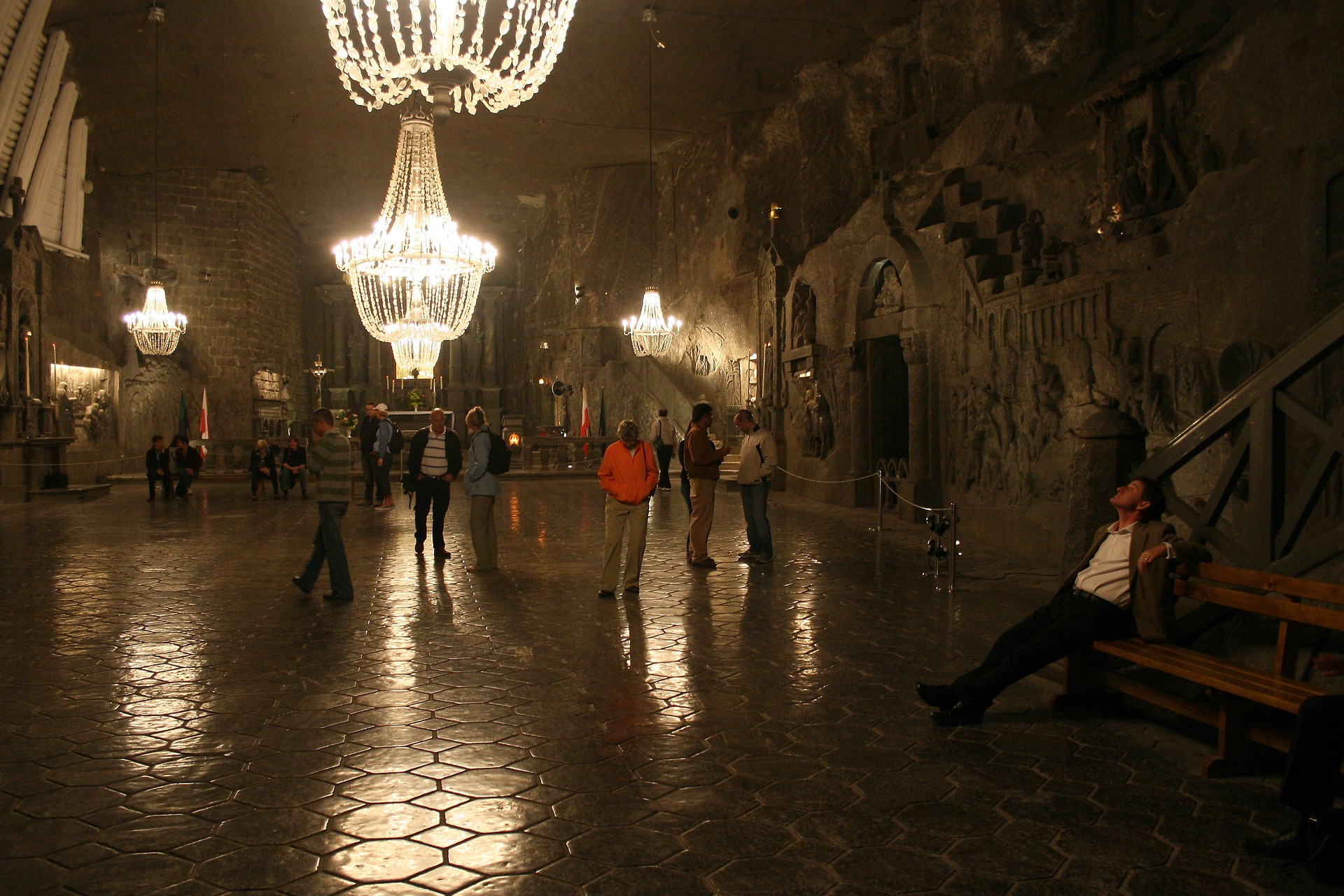
Next is one of Poland's most touristy spots. Located a short distance from Kraków, the Wieliczka Salt Mine offers one of the most unforgettable experiences for visitors. The mine, which has been in operation since the 13th century and is protected as a UNESCO World Heritage Site, features underground lakes, impressive structures like the Chapel of St. Kinga, salt sculptures, and miles of underground tunnels.
7. Toruń - Medieval City and Nicolaus Copernicus Museum
If you’re fascinated by Gothic architecture and medieval structures, you’ll love Toruń, a city on the banks of the Vistula River. Its historic center is a UNESCO World Heritage Site, filled with red brick Gothic buildings. When you visit, don’t forget to explore the famous astronomer Nicolaus Copernicus museum and taste the city’s gingerbread cookies, an integral part of its cultural heritage.
8. Malbork Castle
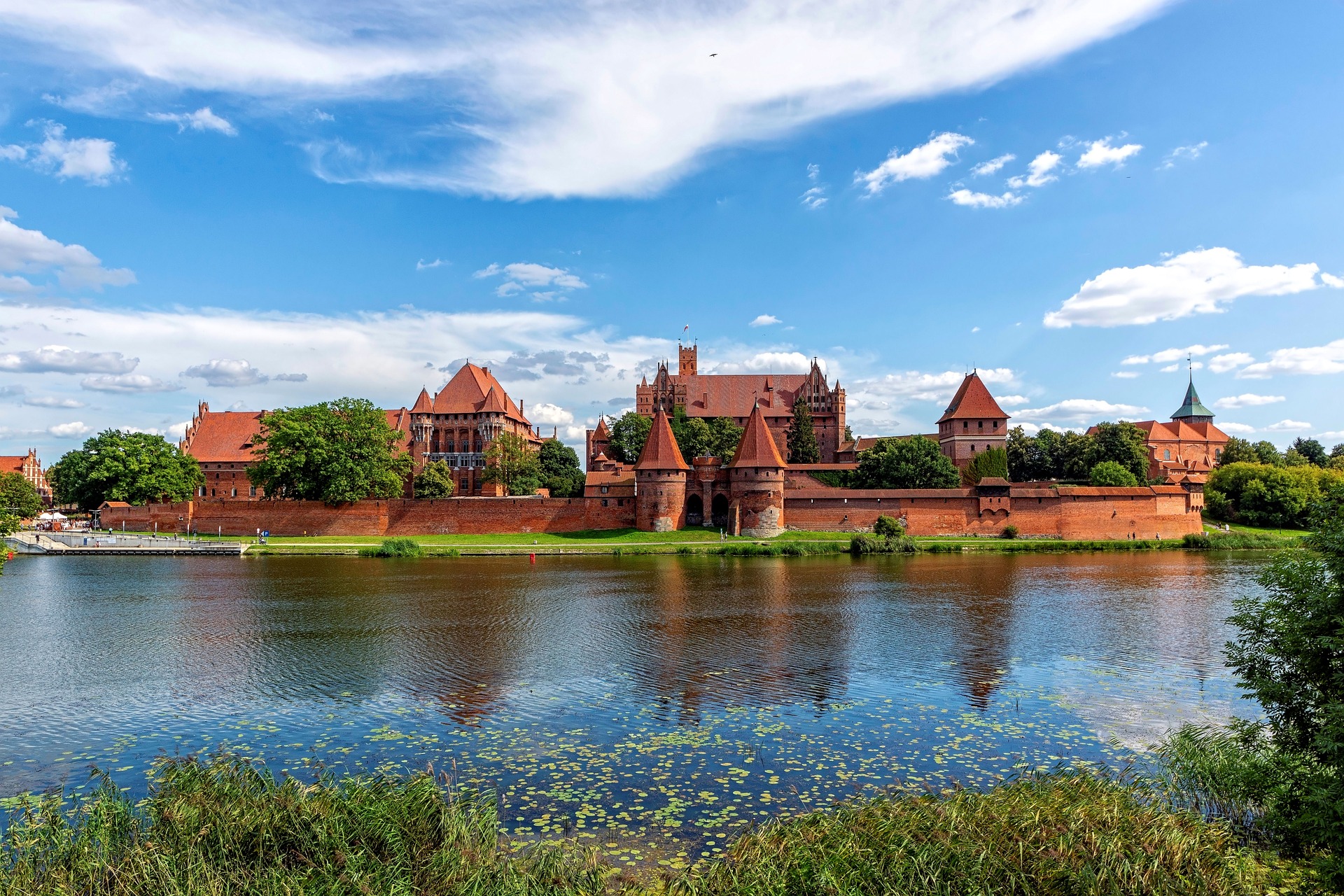
Built by the Teutonic Knights in the 13th century, Malbork Castle is the largest brick castle in the world and one of the most important examples of medieval military architecture. Its vast courtyards, museums, and grand halls offer visitors a truly impressive experience.
9. Masurian Lakes
If you’re interested in activities like water sports, fishing, or sailing in a region made up of thousands of lakes, Masurian is a perfect destination. Those seeking peace instead of adrenaline can take a boat tour among the lakes, explore the shores by bike, or embark on a nature walk through the surrounding forests and villages.
10. Białowieża Forest
One of Europe’s last remaining primeval forests, Białowieża Forest offers excellent opportunities to discover wildlife and enjoy natural beauty. A UNESCO World Heritage Site, this forest is also a habitat for rare animal species, such as the European bison. The walking trails in Białowieża Forest provide ideal destinations for opening the door to an extraordinary experience.
11. Auschwitz-Birkenau Museum

Our last recommendation is a profoundly moving museum. Auschwitz, the largest concentration camp built by Nazi Germany during World War II, is a symbol of a tragedy that claimed over a million lives. Opened as a museum in 1947, it allows you to see the original camp buildings, gas chambers, crematoria, and the personal belongings of the prisoners. Additionally, Birkenau (Auschwitz II), part of the Auschwitz-Birkenau complex, provides visitors with a historical perspective through its vast open spaces, railway tracks, and preserved barracks. Don’t miss the chance to visit the Auschwitz-Birkenau Museum during your trip to Poland, offering a powerful and emotional reminder of one of history’s darkest periods.


